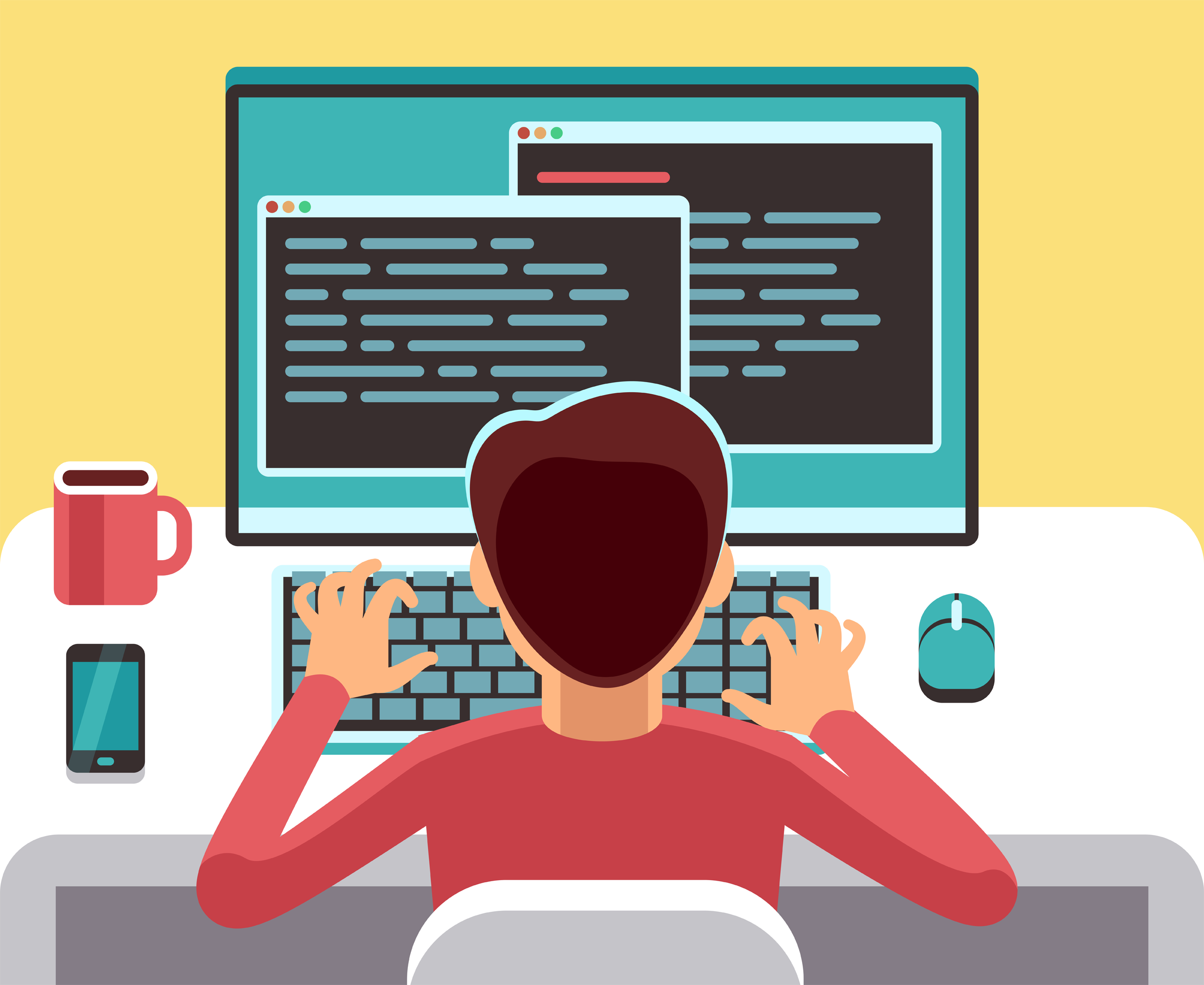
In a rapidly digitizing world, understanding the language of computers has transcended the realms of ‘nice-to-have’ and moved into the ‘must-have’ zone. For educators, homeschooling parents, and forward-thinking guardians, the importance of teaching coding to middle and high school students cannot be overstated. This is not just a trend or a skill for the select few who want to venture into the world of software development. It’s a foundational skill that has applications across various fields—from science and mathematics to art and social sciences. In this comprehensive guide, one will delve deeply into the multiple dimensions that make coding education indispensable for younger generations. Additionally, readers will find effective strategies for introducing coding into the curriculum and tips for avoiding common pitfalls. Clipart’s educational repository (schools.clipart.com) offers an array of resources, such as images and visual aids, designed to make the educational experience more interactive and enriching.
The Importance of Teaching Coding Early On
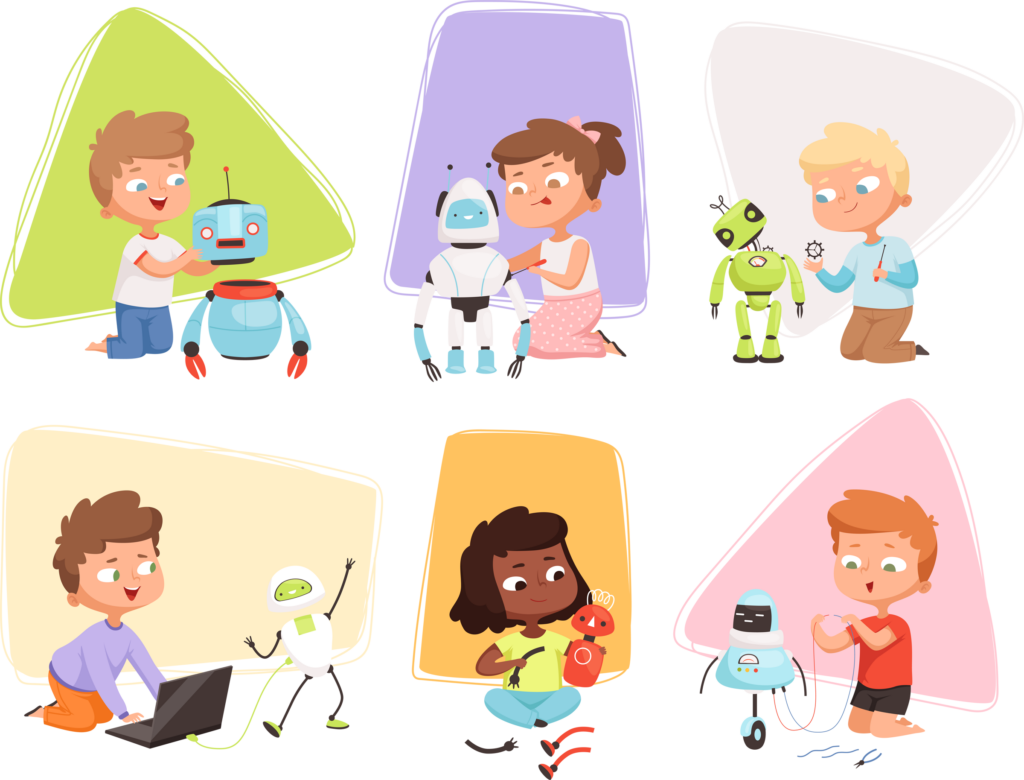
The Cognitive Gains
Learning to code is not merely an exercise in memorizing syntax or mastering a new language. It’s a pathway to enhancing cognitive skills like logical thinking, pattern recognition, and problem-solving. When students engage in coding activities, they are simultaneously sharpening their minds to dissect problems and devise logical solutions. This analytical mindset is universally beneficial, aiding academic performance across various disciplines such as mathematics, science, and even humanities.
Preparing for the Future Job Market
The modern job market is increasingly being driven by technology. Automation, artificial intelligence, data analytics—these are not buzzwords but actual sectors that demand a high level of coding proficiency. By exposing students to coding skills early on, we’re not just giving them a head start but setting them on a pathway to success in an increasingly competitive and technology-driven job market.
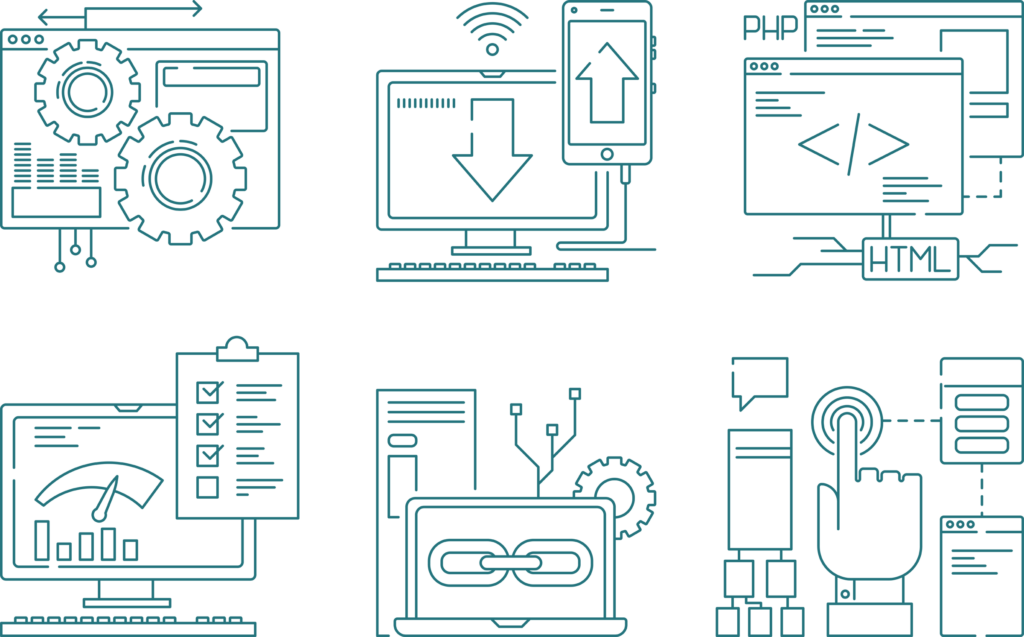
Digital Literacy
In an age where smartphones and computers are ubiquitous, digital literacy is not optional—it’s a necessity. Understanding the fundamentals of coding empowers students to shift from being mere consumers of technology to becoming creators. This transition from passive interaction to active creation instills a sense of agency and independence, enabling students to participate meaningfully in a digital world.
Effective Ways to Introduce Coding
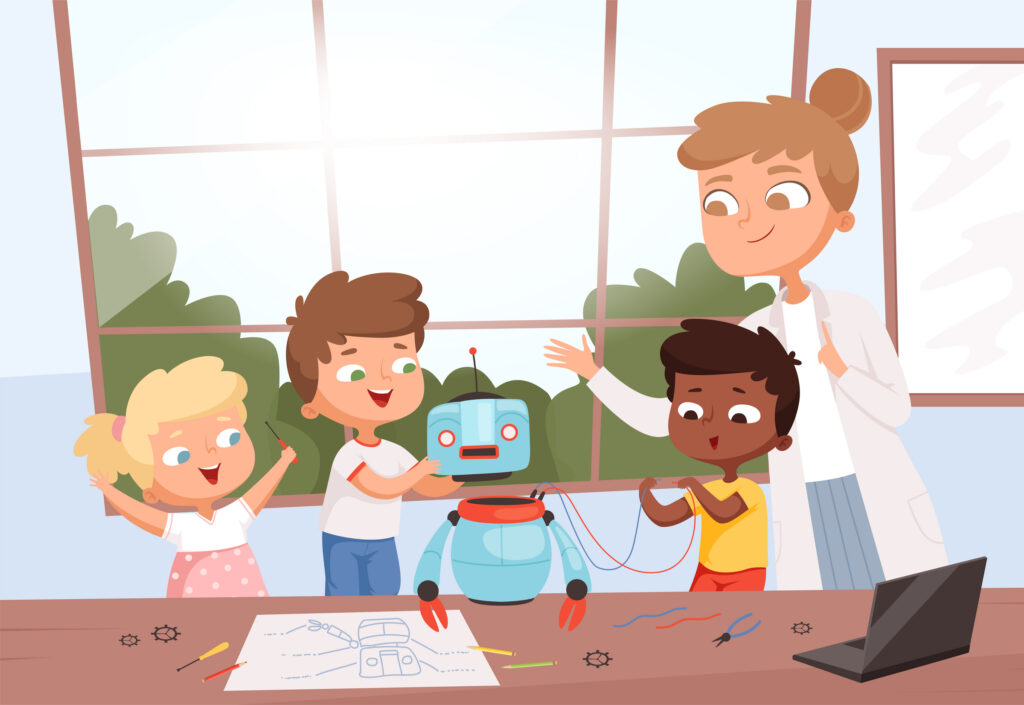
Starting Small
The journey of coding education should ideally begin with simple, beginner-friendly programming languages like Scratch or Python. These languages are designed with the learner in mind, offering an intuitive syntax that minimizes the learning curve. Scratch, for example, employs block-based coding that is visually engaging and eliminates the chances of syntax errors, making it an excellent starting point for younger students.
Use Visual Aids
Visual aids play a critical role in demystifying complex coding concepts. Diagrams, flowcharts, and relevant images can break down complicated ideas into manageable bits. Clipart’s repository at schools.clipart.com offers a diverse collection of educational images that can aid in this process, serving as effective visual supplements during teaching sessions.
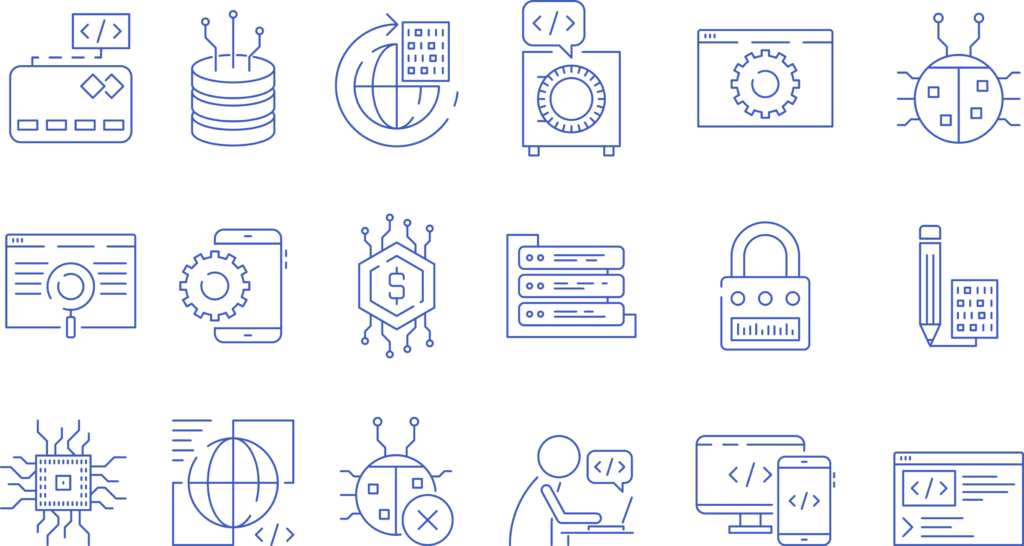
Hands-On Projects
There is no substitute for practical, hands-on experience. Encourage students to dive into projects that align with their interests—whether it’s creating a basic website, programming a simple game, or even developing a rudimentary app. These projects not only solidify the concepts taught but also provide a sense of accomplishment that boosts confidence and fuels the desire to learn more.
Tips, Tricks, and Pitfalls to Avoid
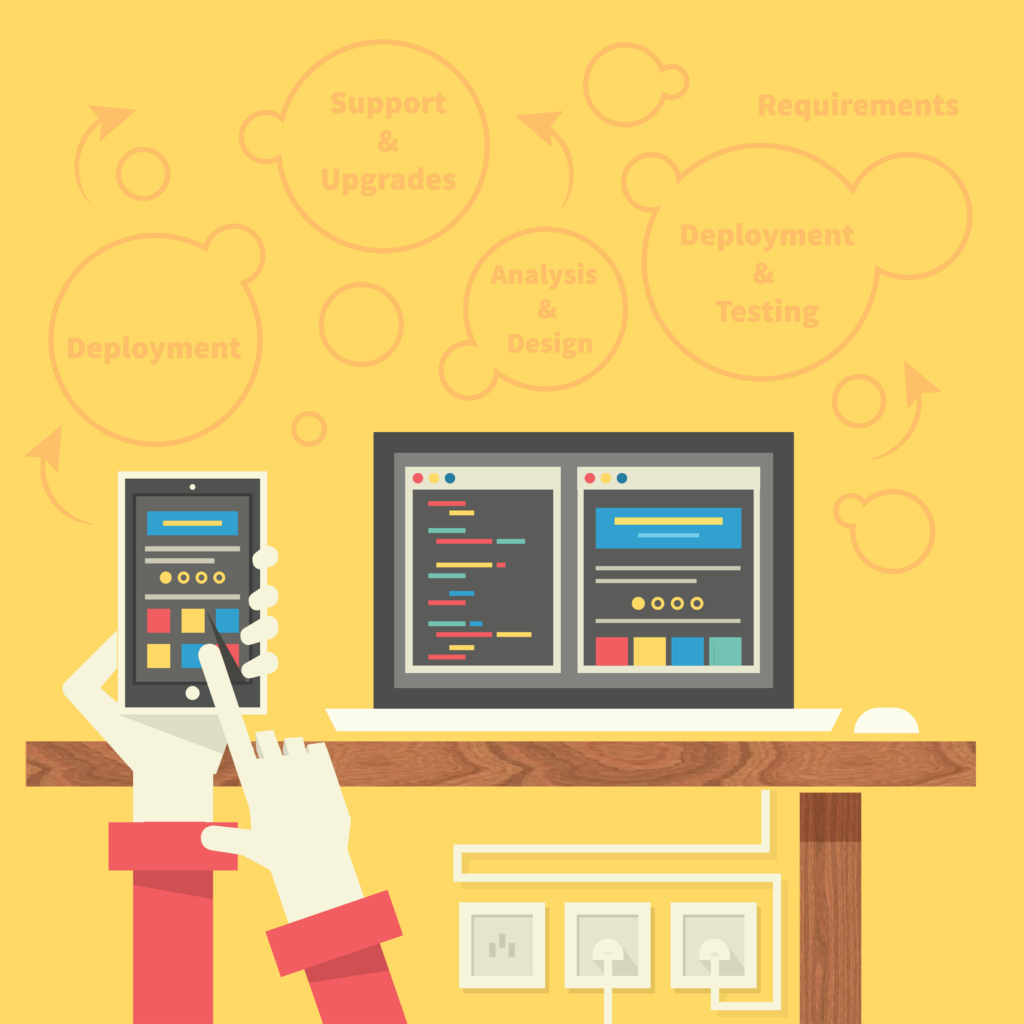
Engage, Don’t Overwhelm
The excitement of introducing coding can sometimes lead to an information overload. Remember that the objective is to engage students, not overwhelm them. Utilize interactive methods like quizzes, puzzles, or games to maintain interest levels. Educational platforms that incorporate these interactive elements can be especially helpful.
The Right Tools
Choosing the appropriate software and platforms is critical to a smooth learning experience. Prioritize tools that are age-appropriate and have a robust educational community for support. Resources such as online forums, video tutorials, and peer-reviewed course materials can significantly aid the teaching process.
Mistakes Are Learning Opportunities
One of the biggest pitfalls in coding education is the fear of making mistakes. It’s crucial to instill in students that coding is fundamentally about trial and error. Errors are not setbacks but stepping stones to mastering the skill. Encourage a fearless approach to problem-solving, where students view challenges as opportunities for growth.
The Psychological Benefits of Coding
Beyond its practical applications, coding also offers profound psychological benefits. It enhances resilience, as students learn to tackle challenges head-on and view failures as mere hiccups on the road to success. Coding also fosters a growth mindset, shattering the myth of “fixed intelligence” and reinforcing the idea that skills can be developed through dedicated practice and strategic effort.
The Social Aspect: Coding as Collaboration
Coding is often misconceived as a solitary endeavor. However, most professional coding projects are collaborative efforts that require teamwork, communication, and delegation. Teaching coding, therefore, is also an exercise in social skill development, preparing students for the multi-disciplinary, collaborative work environments of the future.

The imperative to teach coding to middle and high school students goes far beyond job preparedness. It equips them with a multifaceted toolkit of cognitive, psychological, and social skills that are applicable in virtually every aspect of life. Whether they end up in tech jobs or choose different paths, the skills acquired from learning to code will continue to serve them. With a thoughtful approach to teaching and the right educational resources like those available at schools.clipart.com, coding education can be a rewarding experience for both the educator and the student. It’s not just about teaching them to communicate with machines; it’s about unlocking a world of possibilities for their future.




